When the nation-builders of the 19th century were seeking to form national identities after centuries of life as subdivisions of massive empires, it was to literature that they first turned. The Kalevala, an epic poem detailing the adventures of the demigod Väinämöinen, was instrumental in helping Finns to recognize themselves as Finns; Dante served as a template for a united Italy; The Sagas of Snorri Sturluson shaped the independent Iceland. This is not just a European thing, either: The classical Odes and the Tale of Genji shape China and Japan, Rumi and Hafez shape Persia—that is, Iran—and so on and so forth. This people-shaping force is not merely the prerogative of literate cultures either: The Kalevala, like the Odyssey, and the Philippine Ibong Adarna were sung long before they were written down.
Of course, it is not only ancient poems that shape a culture. Leo Tolstoy and Fyodor Dostoyevsky give form to the Russian soul, William Shakespeare to the English, Sor Juana to the Mexican. What writing gives shape to the American soul? We can think of Southern writers like Flannery O’Connor and William Faulkner, and get a sense of what Southern literature is. If we think of Larry McMurtry, Norman Maclean, and Cormac McCarthy, we’ll have an idea of the West. From Hawthorne, Longfellow, and James Fenimore Cooper, we can understand the Northeast.
Each of these literary cultures explores indispensable parts of the American story. The grotesquerie of Southern fiction confronts the reality of racial strife. Western literature explores American expansion, individualism, and manifest destiny. The literature of the Pacific West gives us hippies and beatniks. New England points us to the originary culture of our country, that mainline Protestant whiggishness in both its positive and negative lights.
But what of the Midwest? As in so many things, here the great middle occupies a mysterious gap. Where in our school curricula do we ever talk about Midwestern literature? What does the Midwest give us, and why should we care?

Midwestern literature, like its culture and landscape, represents a kind of normalcy which might at first seem bland, but which provides, in truth, as romantic, deep, rich, and important a set of stories as any others. We call this the “heartland” for a reason. While other regions see their radicalisms and fads, the Midwest has a sort of slow simplicity, an ability to see the extraordinary in the lives of the most unremarkable people.
There are four marks that I suggest make Midwest literature unique. I don’t mean these marks to form a strict definition, but merely a set of resonances and family resemblances. Midwest writing tends to be integrated with the land, it is uniquely democratic, it is anti-materialist, and it often places a value on what is stable. These things, I think, are the Midwest’s essential contribution to the American story.
Rootedness to the land.
I sat down in the middle of the garden … and leaned my back against a warm yellow pumpkin. … The earth was warm under me, and warm as I crumbled it through my fingers. … I kept as still as I could. Nothing happened. I did not expect anything to happen. I was something that lay under the sun and felt it, like the pumpkins, and I did not want to be anything more. I was entirely happy. Perhaps we feel like that when we die and become a part of something entire, whether it is sun and air, or goodness and knowledge. At any rate, that is happiness; to be dissolved into something complete and great. When it comes to one, it comes as naturally as sleep.”
This short passage, which appears early on in My Ántonia, Willa Cather’s great Nebraskan novel, contains all four of the aforementioned marks of Midwestern literature. The first is the amity between man and the land. Midwestern literature’s landscape is not wild and full of passionate pathos like California’s, it does not display a monument to human engineering, as New York literature often does, nor does it show man and the land almost at war, as they are often portrayed in Western stories. And the prairie country differs again from the gothic landscapes of the South, where creeping vines and drooping willows provide a haunting setting for slave escapes, lynchings, and other forms of violence.
The land, in Midwestern literature, is friendly and familiar, even when it is wide and apparently lonely. This is a place of softly rolling hills, winding rivers, and gentle bluffs. It is a place where people live, or at least used to live, in the rhythm of the seasons and in which the earth was a place of hope for a better life. The settlers of the Midwest were, after all, mostly Europe’s poor and derelict, looking to make a new way for their families. The earth, in this literature, is no foe, but a kindly teacher; always bearing greater secrets and deeper wisdom. Such indeed is the case in novels like Cather’s My Ántonia and O Pioneers! and in the elegiac, lovingly textured novels of Marilynne Robinson, whose Gilead, set in southern Iowa, is well known.
You will also find this nature in the poems of Iowans James Hearst and Ted Kooser. Take, for example, an excerpt from So This is Nebraska, a poem of Kooser’s that describes his state’s landscape as the abode, not of wicked or decaying old things, but of friendly old ladies and gentlemen couched among the tallgrass.
The gravel road rides with a slow gallop
over the fields, the telephone lines
streaming behind, its billow of dust
full of the sparks of redwing blackbirds.
On either side, those dear old ladies,
the loosening barns, their little windows
dulled by cataracts of hay and cobwebs
hide broken tractors under their skirts.
So this is Nebraska. A Sunday
afternoon; July. Driving along
with your hand out squeezing the air,
a meadowlark waiting on every post.
Behind a shelterbelt of cedars,
top-deep in hollyhocks, pollen and bees,
a pickup kicks its fenders off
and settles back to read the clouds.
You feel like that; you feel like letting
your tires go flat, like letting the mice
build a nest in your muffler, like being
no more than a truck in the weeds …
I do not mean for this characterization to be too sweeping. There is a great deal of hardship that can be found in the Midwest, especially in the early days of the region’s agricultural life. The work of O.E. Rolvaag, the Norwegian novelist of the Dakotas, is enough to show that. His Giants in the Earth and Peder Victorious show the lonely, hardscrabble existence of the early Great Plains. But where there is a Rolvaag, there is also a Kathleen Norris, whose book Dakota is remarkable for its tender depictions of what can feel like an emptiness. There is perhaps no better stylist in American nature writing than the Iowan Aldo Leopold, whose 1949 book A Sand County Almanac is still read by conservationists and nature lovers. John Muir, though he wrote of the West, learned to read nature in the Wisconsin of his youth. And the Upper Midwest cherishes Sigurd Olson for his warm descriptions of the majesty of northern Minnesota.
Flyover country. Drive-through country. Flat, featureless, corn country. This is all the Midwest means to many on the coasts. But if we have books that sing of purple mountain majesties, we need also literature which lauds the amber waves of grain.
The democratic ethos.
The Midwest, in its early days, sprang up as an almost classless society. The Midwest had no old moneyed families, no sense of aristocracy, no privileged castes. Its literary output, then, is uniquely democratic. In the South could be seen a landed gentry, in the Northeast there was still the legacy of old-world family wealth. In the West there were rich speculators, railroad magnates, mining barons, and those seeking to strike it rich. In the Midwest, though, at first, wealth was mostly gained through the slow, unglamorous work of plowing the land.
Of course, as time went on, the Midwest, as elsewhere, would see the rise of industrial barons who accrued fortunes through manufacturing or natural resource development. But the region’s early egalitarianism still shapes Midwest culture: It leaves us with a decided distaste for the showy, the pretentious, and the affected.
Midwestern literature does not tell the story of the dramas within and among fine families, but instead tends to deal with poor migrants and ordinary folks who would never be found in a history book. My Ántonia almost entirely plays out in a tiny farm community in rural Nebraska, and its figures are of no importance to the outside world. But like Gilead, Rolvaag’s Peder Victorious, Ray Bradbury’s Dandelion Wine, or even Mark Twain’s Tom Sawyer, this book endows ordinary people with significance and dignity, and finds themes as worthy of transcendent reflection as any story about princes, potentates, or titans of industry.
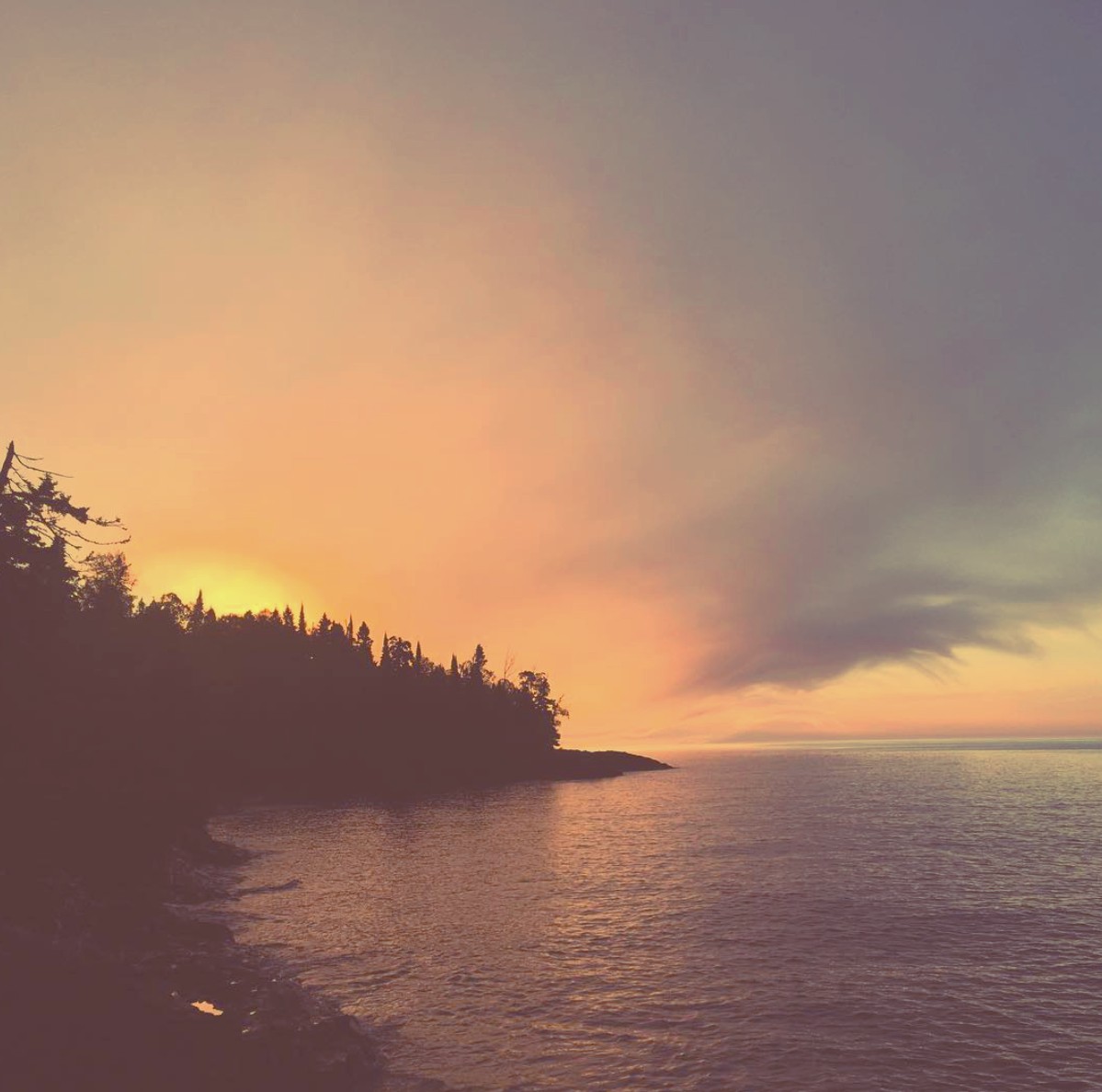
Ántonia, the heroine of Cather’s novel, is a young Czech immigrant girl whose journey never strays far from central Nebraska and whose ultimate fate is to be the doting mother of a large farm family. But she is as compelling, sparkling, and brilliant a character as can be found in American literature, and Cather’s ability to find spiritual and psychological truths in lives generally thought of as unremarkable embodies a cultural lesson about the dignity and importance of simple folk.
This is a major theme in Gilead, where the protagonist John Ames, in his old age, increasingly sees the worth and wonder in the mundane, including the ordinary people among whom he lives. In one memorable passage, Marilynne Robinson has her protagonist write in a manner that sums up this golden thread in the best Midwestern literature:
Memory can make a thing seem to have been much more than it was. But I know she did look right into my eyes. That is something. And I’m glad I knew it at the time, because now, in my present situation, now that I am about to leave this world, I realize there is nothing more astonishing than a human face. Boughton and I have talked about that, too. It has something to do with incarnation. You feel your obligation to a child when you have seen it and held it. Any human face is a claim on you, because you can’t help but understand the singularity of it, the courage and loneliness of it.
Anti-materialist.
Midwestern literature is almost always spiritual in nature. Think of the way in which Cather draws transcendent metaphysics out of a pumpkin patch. The heroes of these stories are usually middle class or poor people, people for whom faith is as natural a part of life as the land. Where books from the other regions often tell stories about the corruptions of wealth, whether gotten from gold, slavery, or one’s parents, the literature of the Midwest depicts the spiritual as it is present in people of little means.
It does this in a distinct way from Southern literature. In the South, religion is complicated by its connections to the power imbalance between slave and free. Religion in early Midwestern literature appears less as an institution of power and more as a bond of community life and a balm for the difficulties of pioneer existence. No imposition from above, religion came rather to the prairies because the people felt they needed it. Indeed, when a group of migrants arrived from the “old country” they often petitioned for a priest or minister to accompany them. This was the case with my own immigrant family, who, along with others from County Fermanagh in Ireland, called for a priest who duly arrived from across the sea to found a parish.
Robinson’s Gilead is, again, a fine example of this tradition. Set in the rolling hills of southwest Iowa, it is the story of an old, small-town preacher told through letters to his son. John Ames, the protagonist cited above, is constantly finding divine wonder in the features of men’s faces or in sunlit spiderwebs. “How oddly holiness situated itself among the things of the world,” Ames says. “How endlessly creation wrenched and strained under the burden of its own significance.” There is a harmony here with the way that John Muir wrote about nature’s plain, common treasures: “Every particle of rock or water or air has God by its side leading it the way it should go; The clearest way into the Universe is through a forest wilderness; In God’s wildness is the hope of the world.”
One can also think again of the way in which Kathleen Norris, with her love for the plains, sees in them with mystery but also a sense of spiritual belonging. “For me, walking in a hard Dakota wind can be like staring at the ocean: humbled before its immensity, I also have a sense of being at home on this planet, my blood so like the sea in chemical composition, my every cell partaking of air,” Norris writes in Dakota. “I live about as far from the sea as is possible in North America, yet I walk in a turbulent ocean.”
Jacques Maritain, the French philosopher of the 20th century, once complained that literary figures in America and abroad stereotyped this country as a place of greedy consumerism and little more. No, he thought: From his experience living here, America was in fact “the most spiritual of all nations.” One gets this sense reading Midwestern writing—and it is a sense that should remain part of our national ethos.
Normalcy.
In his “wilderness letter” (a piece of advocacy he penned to natural resource officials in 1960) the novelist Wallace Stegner, who was born in and learned to write in Iowa, worried that “[American] literature, as perhaps you are aware, is sick, embittered, losing its mind, losing its faith.” Stegner quotes another Midwest writer, Sherwood Anderson, to describe what the nature of America’s heartland could, by contrast, do for literature, and do for the American soul:
Is it not likely that when the country was new and men were often alone in the fields and the forest they got a sense of bigness outside themselves that has now in some way been lost. … Mystery whispered in the grass … was caught up and blown across the American line in clouds of dust at evening on the prairies. … I am old enough to remember tales that strengthen my belief in a deep semi-religious influence that was formerly at work among our people. … I can remember old fellows in my home town speaking feelingly of an evening spent on the big empty plains. It had taken the shrillness out of them. They had learned the trick of quiet … .
In an increasingly shrill and insistent age, how valuable might it be to grab onto the stability that is found in the quiet of the plains and prairie? Imagine if we could discover today the trick of quiet. “We could learn it too,” Stegner wrote, “even our children and grandchildren could learn it. But only if we save, for just such absolutely non-recreational, impractical, and mystical uses as this, all the wild that still remains to us.”
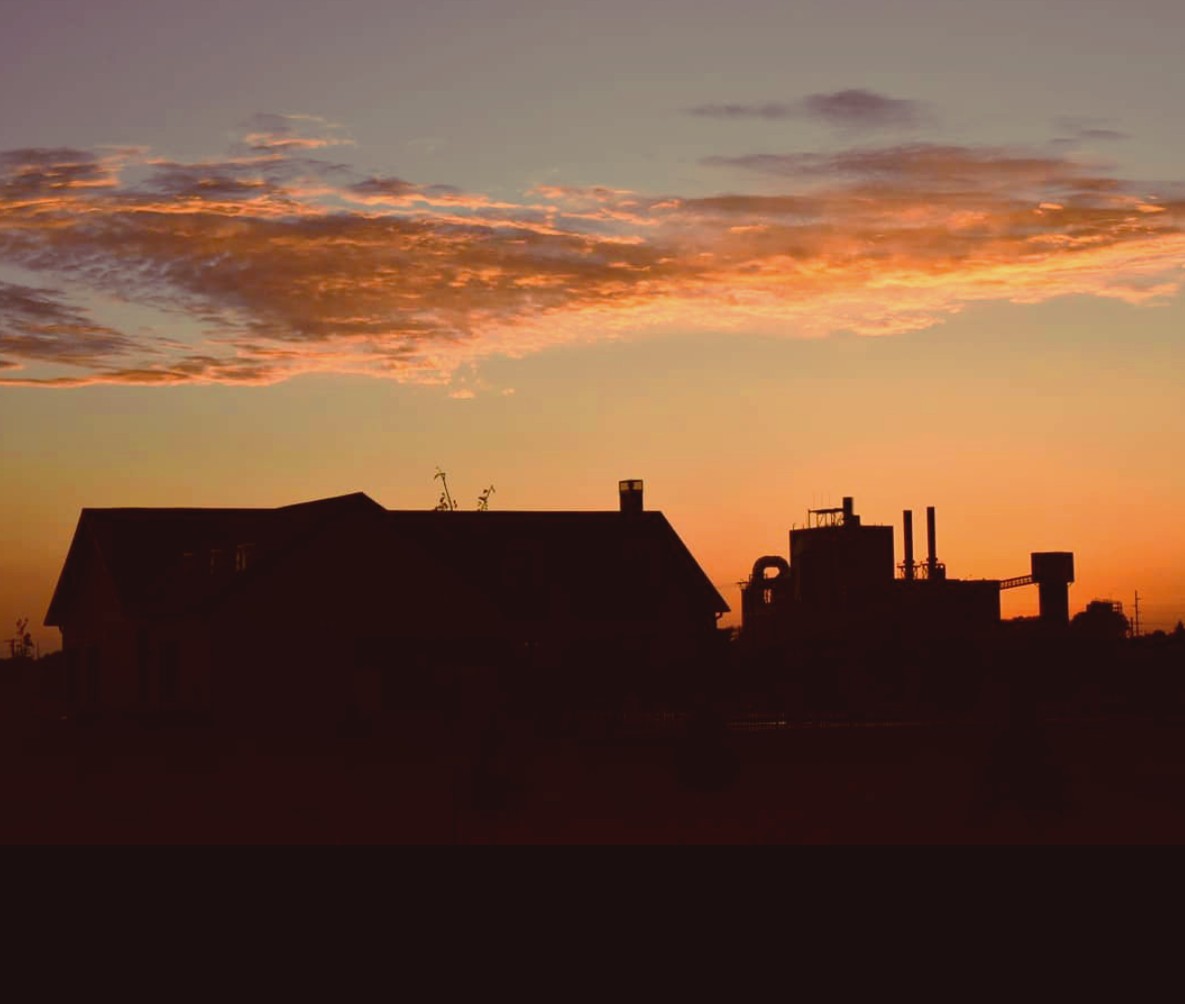
Return again to Cather’s pumpkin patch. What could be more stable and rooted than this? If you have never found yourself in the warm sunshine of a pumpkin patch on a crisp October morning, you cannot know the immense pleasure of it, the lack of desire, the sense of possessing all that one needs. In an America so often grasping for wealth, we need also to remember the America of commitment and contentment.
The Kentuckian writer Wendell Berry often speaks of the difference between “boomers” and “stickers.” Boomers are always on the move looking for the next big score; stickers hang onto a place passed onto them, stewarding it for those who come next. We need boomers, because they innovate, explore, and build new things. But unless most of us are stickers, our communities and environments won’t be cared for, and local culture will be replaced with flavorless, mass-produced content. We need stories about stickers, too.
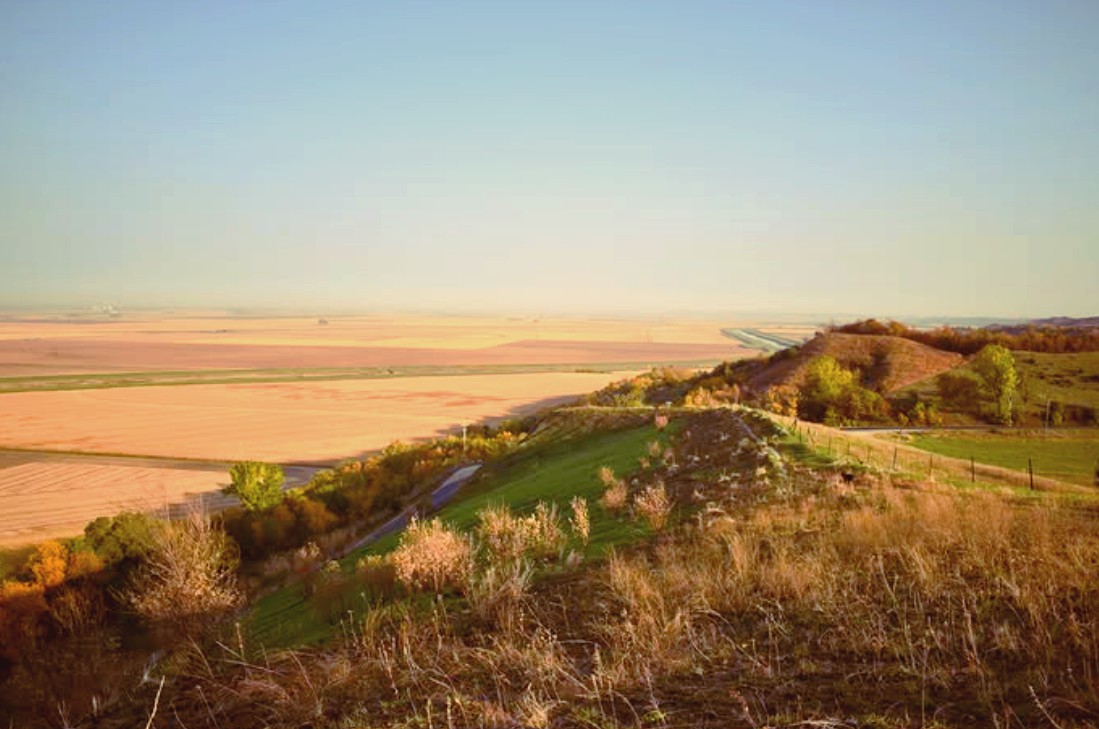
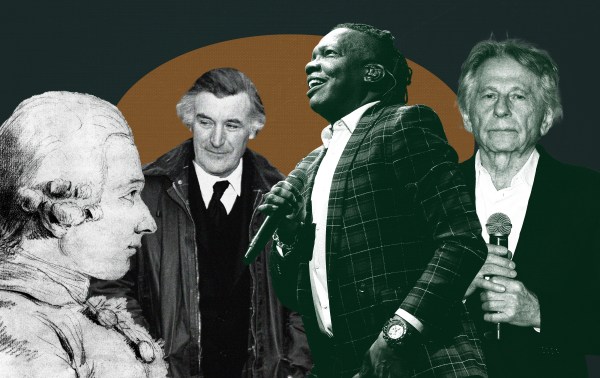
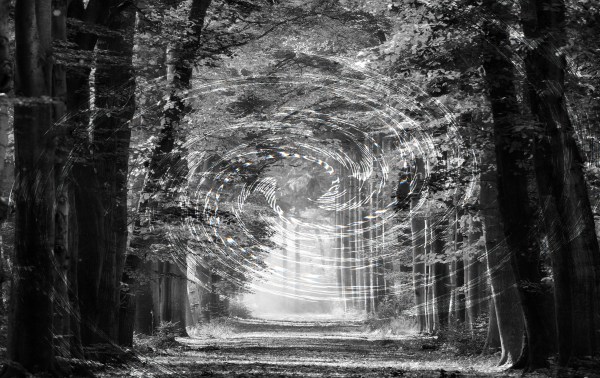

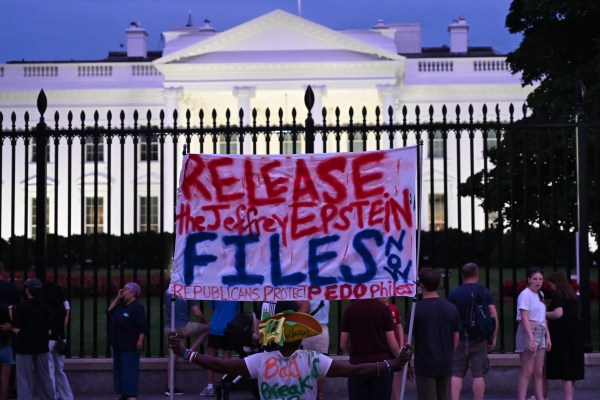

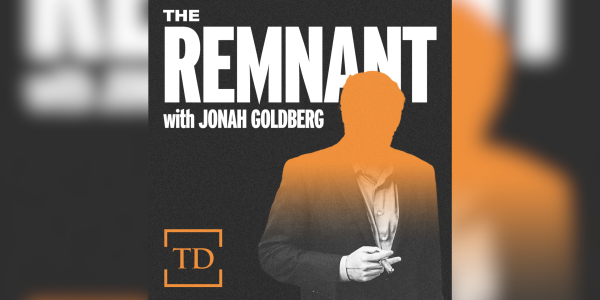


Please note that we at The Dispatch hold ourselves, our work, and our commenters to a higher standard than other places on the internet. We welcome comments that foster genuine debate or discussion—including comments critical of us or our work—but responses that include ad hominem attacks on fellow Dispatch members or are intended to stoke fear and anger may be moderated.
With your membership, you only have the ability to comment on The Morning Dispatch articles. Consider upgrading to join the conversation everywhere.